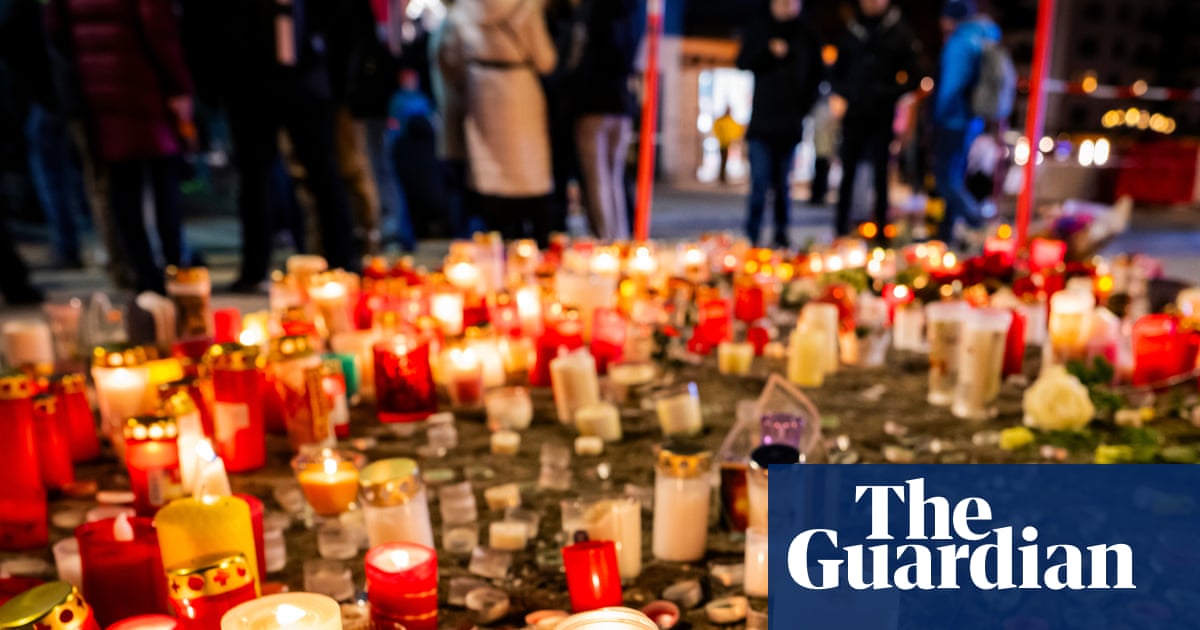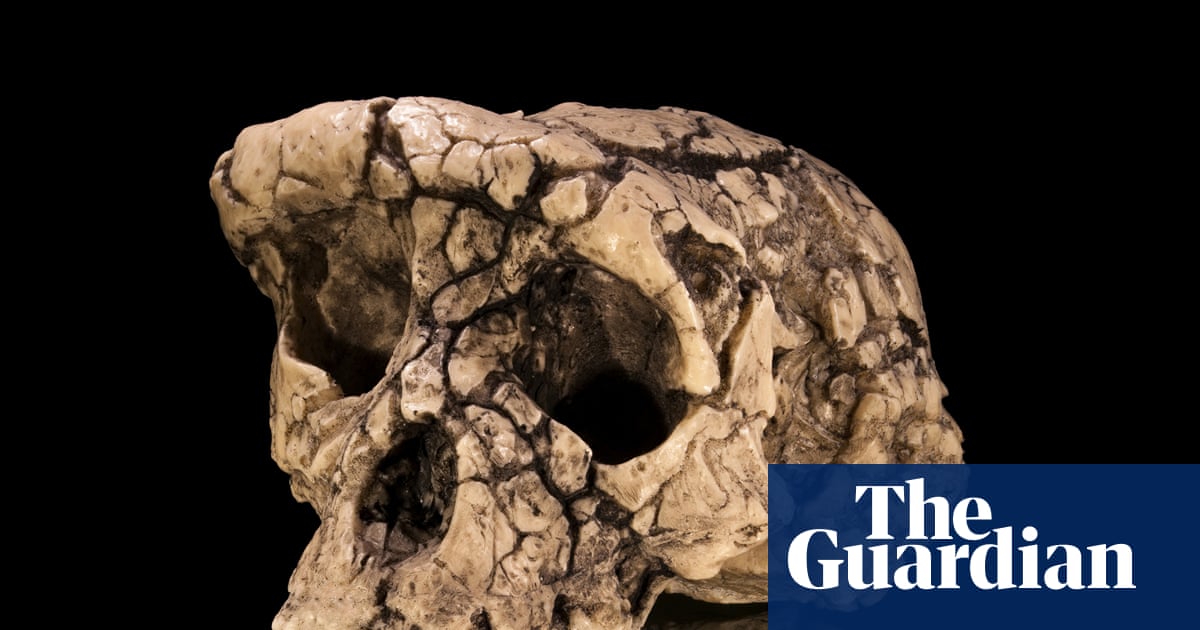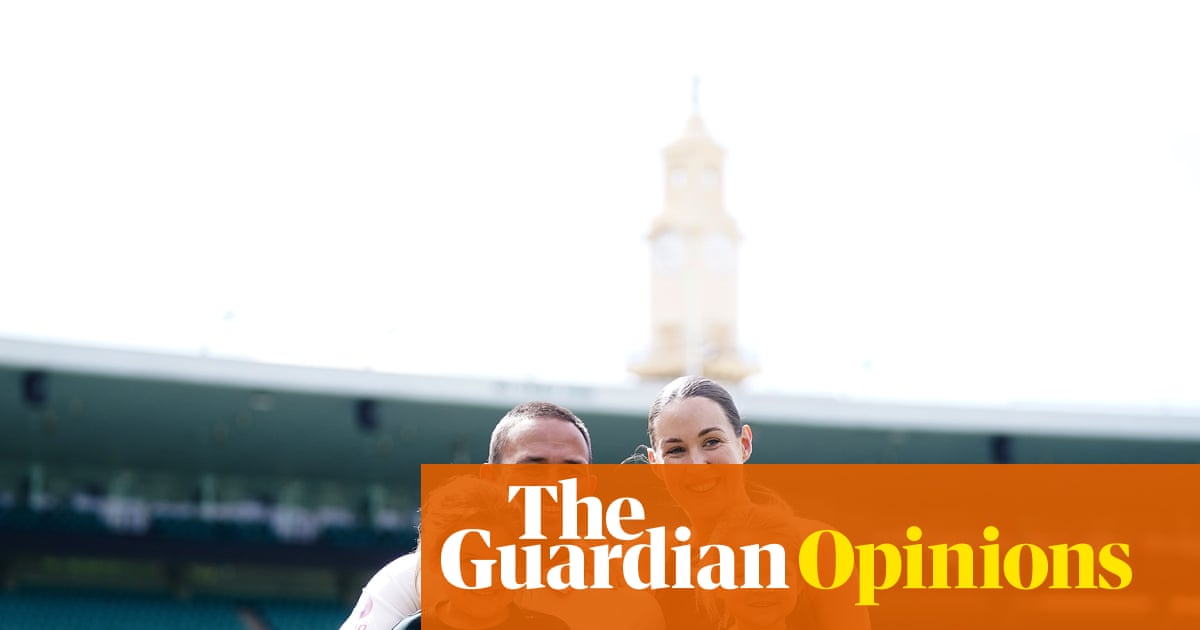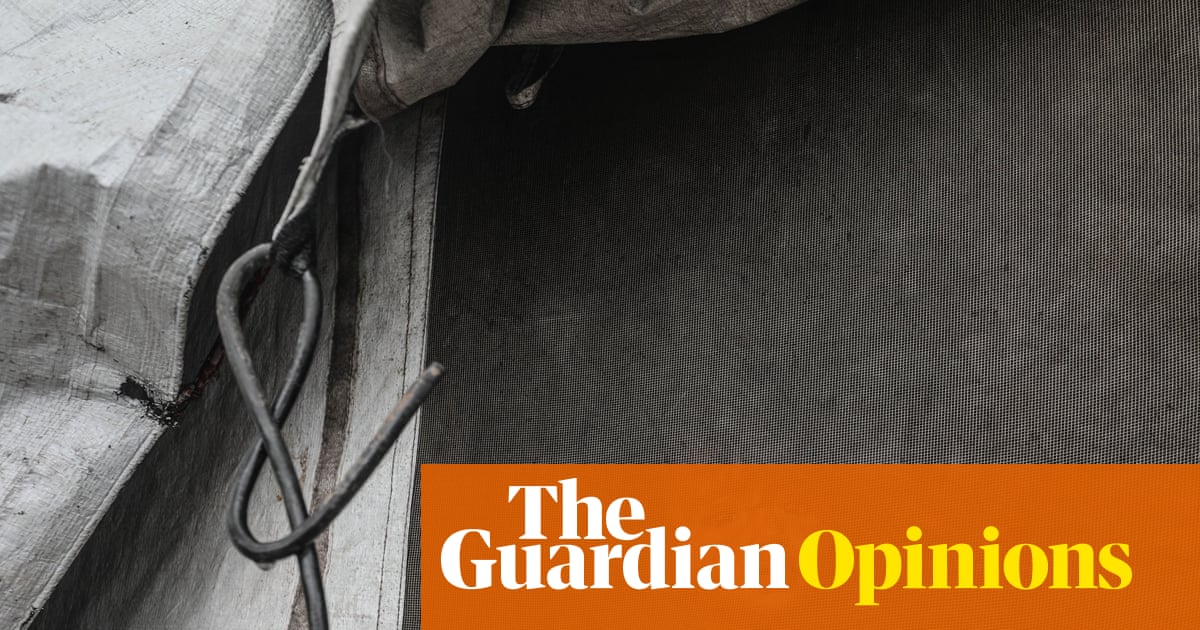Dancing at Lughnasa both is and isn’t a memory play. It’s told in retrospect by Michael, remembering the summer of 1936 spent with his mother and aunts in County Donegal, and draws on Brian Friel’s own early life. Yet what we see of the women at its centre resists the sentimentality of nostalgia, instead showing lives of survival, humour and wild, suppressed desires.
Aspects of this duality are captured by Elizabeth Newman’s production, her first as artistic director of Sheffield Theatres. The five unmarried Mundy sisters are sharply drawn, their interactions conveying the subtle, unspoken language of a lifetime together. Even when in the background, their faces each tell a shadow story – whether it’s the pained disapproval of schoolteacher Kate (Natalie Radmall-Quirke), the quick wit of joker Maggie (Siobhán O’Kelly), or the various thwarted yearnings of Agnes (Laura Pyper), Rose (Rachel O’Connell) and Chris (Martha Dunlea). Their familiarity is thrown into relief by the presence of older brother Jack (Frank Laverty), back after 25 years in Uganda and floundering.
Francis O’Connor’s set design, meanwhile, has the tattered, impressionistic quality of memory. The flagstones of the Mundy cottage melt into the greenery of the surrounding countryside, blurring inside and outside, while the sky is a canvas of bright blue swirls of paint. It all has the heady mix of the vivid and faded that characterises our fragmentary visions of the past.
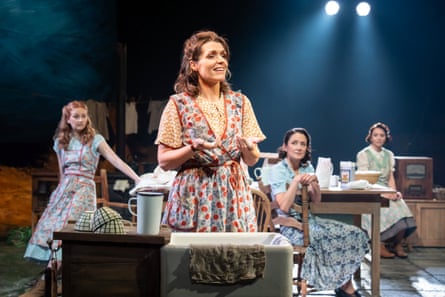
But adult Michael’s (Kwaku Fortune) long monologues pose a problem that Newman doesn’t entirely solve, slowing down the drama. His reminiscences feel slightly removed, lacking the raw emotion of the exchanges between the sisters and lending a portentous heaviness to the surrounding scenes. There’s a similar sluggishness to the episodes between Chris and her feckless sometime lover Gerry (Marcus Rutherford), whose relationship doesn’t fully convince.
Then there’s the dancing of the title. The most striking moment of the play is when the sisters burst into ecstatic, fevered movement, whirling across the stage. This production left me craving more of that wild, joyful energy – the “wordless ceremony” that Michael remembers when he looks back at the lost time of his childhood.
-
At Crucible theatre, Sheffield, until 4 October. Then at Royal Exchange, Manchester, from 10 October to 8 November.

 3 months ago
67
3 months ago
67














